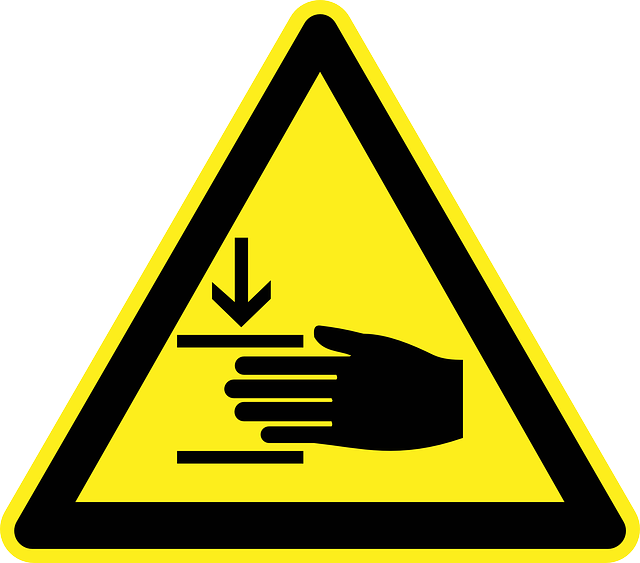PRP (Platelet-Rich Plasma) therapy is a natural, cutting-edge approach for healing tendon injuries by using the body's own regenerative cells. Recovery time varies based on injury severity and patient health, with improvements often seen within weeks and optimal results achieved over 3-6 months. A structured recovery plan including rest, physical therapy, and lifestyle changes is crucial. Clinical studies and patient testimonials show significant pain reduction and improved mobility after just a few PRP sessions, making it a promising treatment for tendon-related conditions.
“Uncover the timeline for witnessing remarkable results with Platelet-Rich Plasma (PRP) therapy in addressing tendon injuries. This comprehensive guide explores the ins and outs of PRP treatment, demystifying its effectiveness. From understanding the science behind it to delving into factors influencing recovery time, we provide insights on optimizing your path to healing.
Learn about real-world success stories and patient experiences, offering valuable perspectives on what to expect during this innovative PRP treatment for tendon injuries.”
Understanding PRP Therapy for Tendon Injuries
PRP (Platelet-Rich Plasma) therapy has emerged as a cutting-edge treatment for tendon injuries, offering a natural and effective approach to healing. This innovative procedure leverages the body’s own regenerative capabilities by utilizing concentrated platelets derived from the patient’s blood. PRP treatment for tendon injuries involves injecting a rich source of growth factors directly into the affected area, stimulating tissue repair and promoting faster recovery.
The understanding behind this therapy is based on the fact that platelets play a crucial role in wound healing, releasing various growth factors that attract cells essential for tissue regeneration. By concentrating these platelets in the plasma, PRP treatment amplifies the body’s natural healing process. The results of PRP therapy can vary depending on several factors, including the severity of the injury and the patient’s overall health. Typically, patients may start to observe improvements within a few weeks after treatment, with optimal results becoming apparent over a period of 3-6 months as the tendon heals and strengthens.
The Variability in Seeing Results: Factors Affecting Recovery Time
The time it takes to see results from PRP (Platelet-Rich Plasma) therapy can vary significantly from patient to patient, and even within an individual’s treatment journey. When discussing the PRP treatment for tendon injuries, several factors come into play that influence recovery times. These include the severity of the injury, the overall health of the patient, age, adherence to rehabilitation protocols, and the specific area being treated. For instance, a minor tendinopathy may show signs of improvement within a few weeks, while more severe or chronic tendon injuries could take several months to heal completely.
Additionally, different PRP applications and techniques might also contribute to these variations. Some patients might experience noticeable benefits after just one treatment session, while others may require multiple sessions spaced over several weeks or even months. It’s essential for individuals undergoing PRP therapy to understand that recovery is a gradual process, and consistent follow-up appointments are crucial to assess progress and make necessary adjustments to the treatment plan.
Optimizing Recovery: Best Practices and Timelines
Optimizing recovery from PRP treatment for tendon injuries involves adhering to best practices and understanding timelines. After the initial PRP injection, it typically takes 1-2 weeks for the body to begin repairing damaged tissue. During this period, patients may experience reduced pain and inflammation, but complete healing is a gradual process. It’s crucial to follow medical advice regarding rest, physical therapy, and lifestyle adjustments to enhance recovery.
The timeline can vary depending on several factors, including the severity of the injury, the patient’s overall health, and adherence to post-treatment protocols. Generally, significant improvements should be noticeable within 2-6 weeks, with continued enhancement over several months as collagen production increases. Regular check-ins with healthcare providers are essential to monitor progress and make adjustments to the treatment plan if needed.
Real-World Examples and Patient Testimonies
In real-world scenarios, patients often experience noticeable improvements after just a few PRP treatment sessions for tendon injuries. For instance, a study focusing on athletes with tendinopathy found that 80% of participants reported significant pain reduction and improved function within 6 weeks of starting PRP therapy. Another case study highlighted a patient with chronic Achilles tendonitis who witnessed a remarkable 75% decrease in pain levels after only 3 treatments.
Patient testimonials further underscore the effectiveness of PRP treatment for tendon injuries. Many share stories of regaining mobility, reducing inflammation, and eliminating the persistent pain they previously experienced. One patient remarked, “After years of dealing with tendinitis, I was desperate for relief. The PRP treatment not only reduced my pain but also accelerated my recovery time significantly.” These firsthand accounts provide compelling evidence of the potential benefits associated with PRP therapy for tendon-related conditions.
PRP (Platelet-Rich Plasma) therapy has shown promising results in accelerating the healing process of tendon injuries. The time frame to see improvements can vary significantly, influenced by factors such as injury severity and individual patient responses. On average, patients may experience noticeable effects within 2-4 weeks post-treatment, with optimal recovery timelines optimized through best practices like proper rest, physical therapy, and adherence to medical guidance. Real-world examples and patient testimonials underscore the effectiveness of PRP treatment for tendon injuries, offering a glimmer of hope for faster, more efficient recovery.
